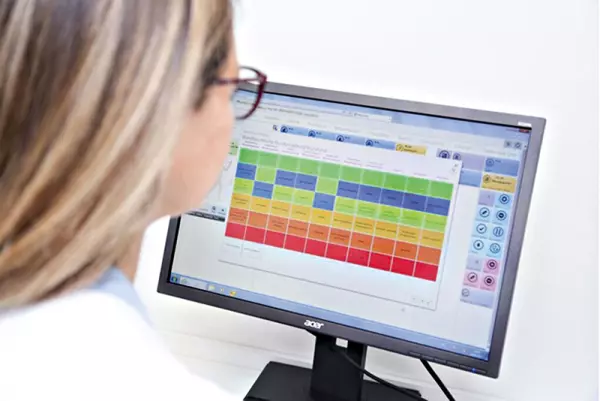(10/2021) Univ.-Prof. dr dr Wilfried von Eiff, Center for Hospital Management, University of Münster
At over 30 percent of the total costs of running a hospital, the proportion of material costs (medical supplies) is of a magnitude that should be examined for rationalization potential. It can be assumed that savings in purchasing and logistics must not be achieved at the expense of patient orientation, treatment safety and medical quality.
One of the fundamental mistakes in the strategic alignment and the organizational design of logistics processes in hospitals is the traditional customer-supplier view, according to which a manufacturer of medical products provides the "hospital customer" with the ordered goods at the agreed price, in the guaranteed quality, in the ordered quantity, delivered to the hospital on the agreed date. But this kind of customer-supplier understanding leads to a consumption-oriented logistics control in connection with a “bulkware” strategy at the manufacturer and a central warehouse organization in the hospital. The consequences are known:
Replenishment through electronic supply cabinet systems
The electronic supply cabinet system (EVS) as part of “value-oriented procurement management” is an economically, process-organizationally and medically interesting form of organization within the framework of medical device logistics furnished. These supply cells take on the supply of medical products required within 24 hours. With the removal of a medical item by the nursing or functional staff, the inventory is automatically checked electronically and, if necessary, the ordering and refilling process is triggered (quick replenishment). Administration and billing routines are also initiated on the basis of an automatic end-to-end transaction. The supply cabinet concept enables:
reduce inventory
The supply cabinet concept also enables regular reflection of the storage and consumption behavior at the point of consumption. Ward staff and category managers can work together to optimize the product portfolio, including inventory, and align consumption behavior with quality and economy. An analysis by the CKM Center for Hospital Management in a cardiac catheter laboratory showed an average inventory reduction of at least 25 percent (Fig. 1).
Inventory and demand are checked automatically
The traditional replenishment process when using supply assistants can be significantly simplified by electronic cabinet systems by automating the entire "needs identification and inventory check" phase and thus effectively eliminating it. This reduces capital commitment costs and avoids expiration for products with expiry dates. In addition, the space required is reduced by 25 to 50 percent of the floor space. Another advantage of electronic cabinet systems is the possibility of negotiating service level agreements, i.e. agreements on the level of supply to be maintained, which avoids critical "out of stock" situations (= shortages).
Advantages of the EVS concept for strategic system partners
Logistics concepts based on EVS enable external logistics service providers (LDL) to reduce costs by at least 15 percent (according to the result of a CKM analysis) by reducing the









